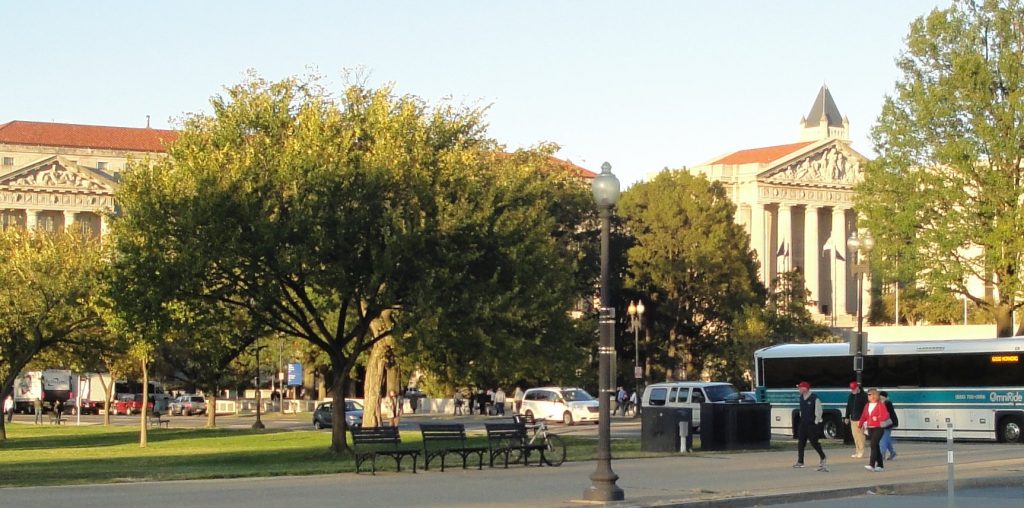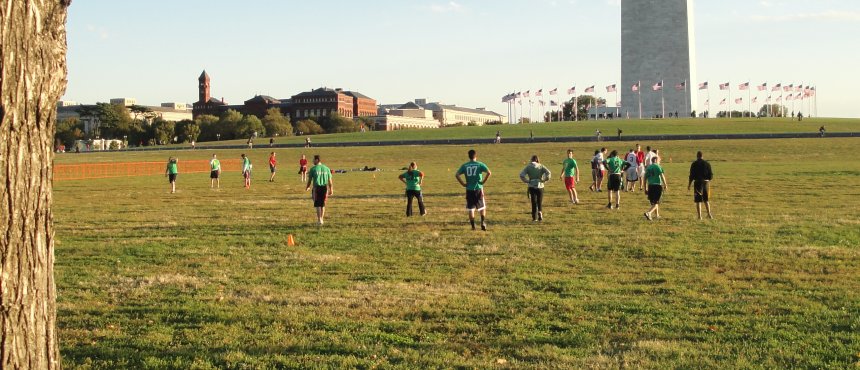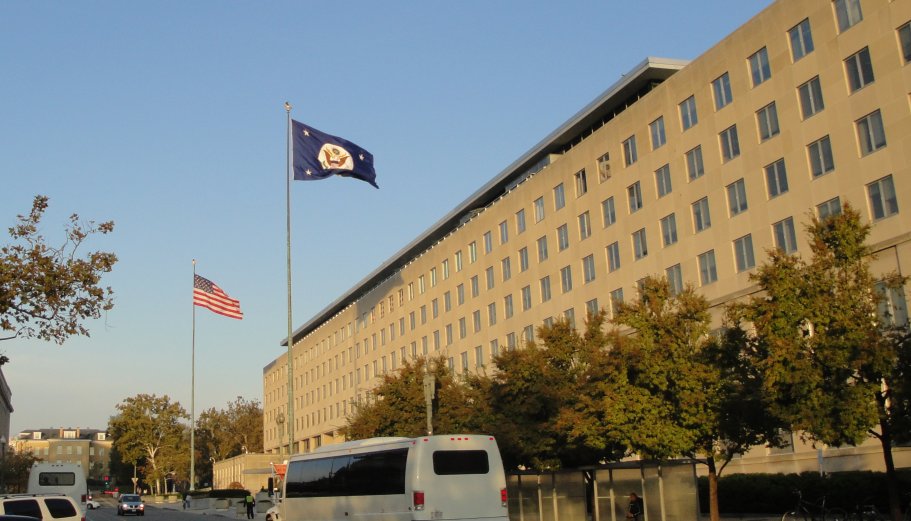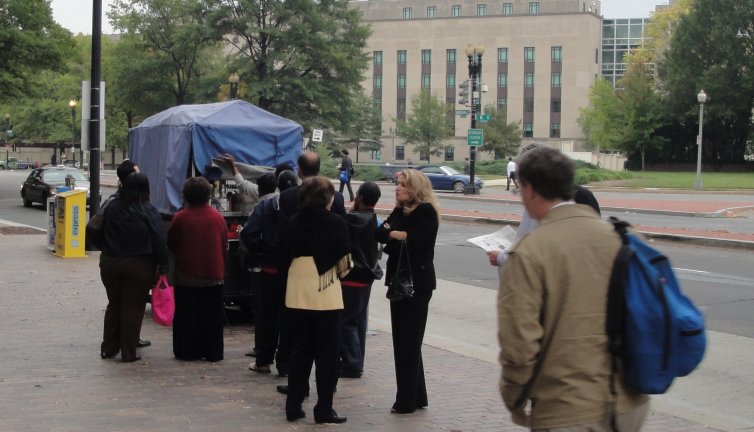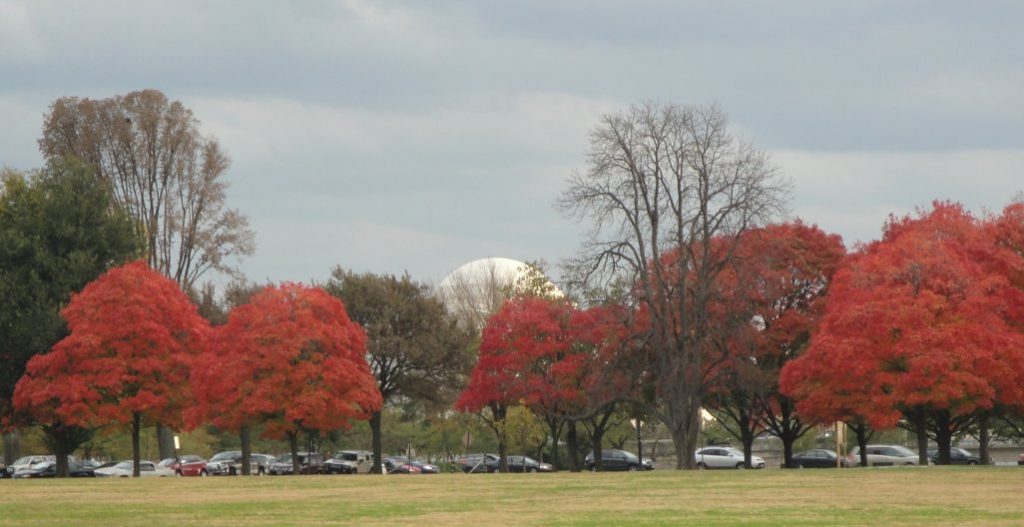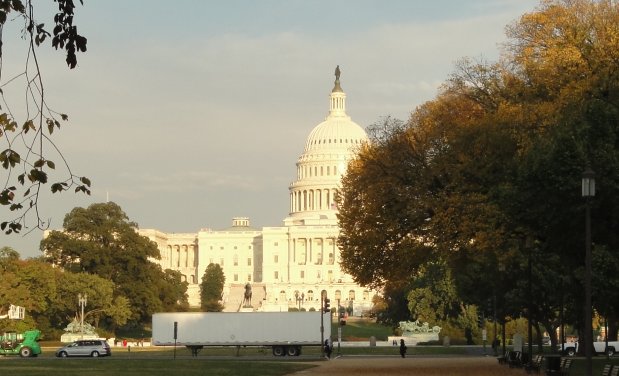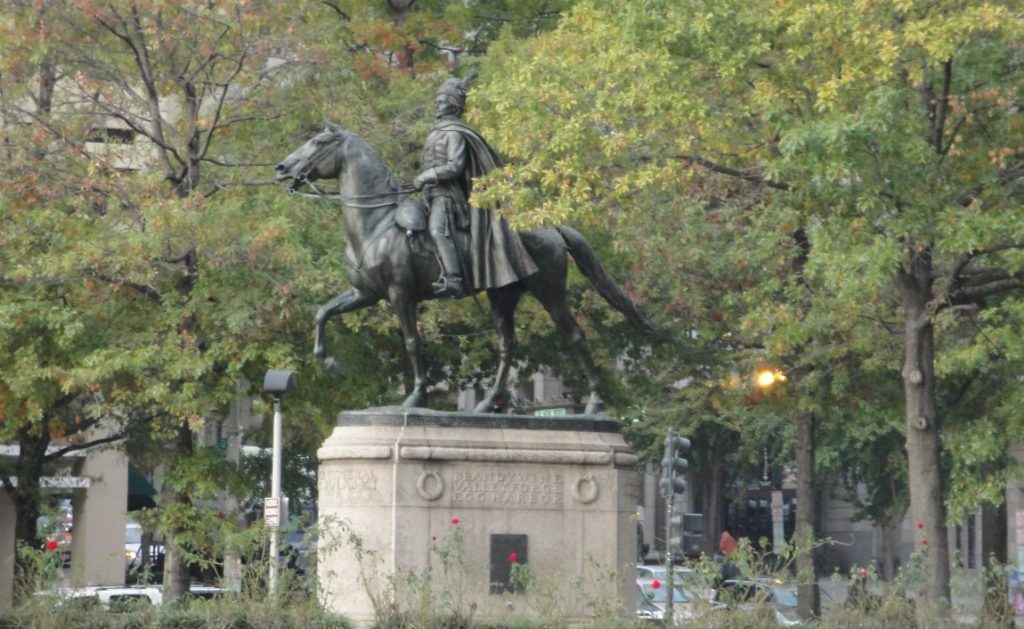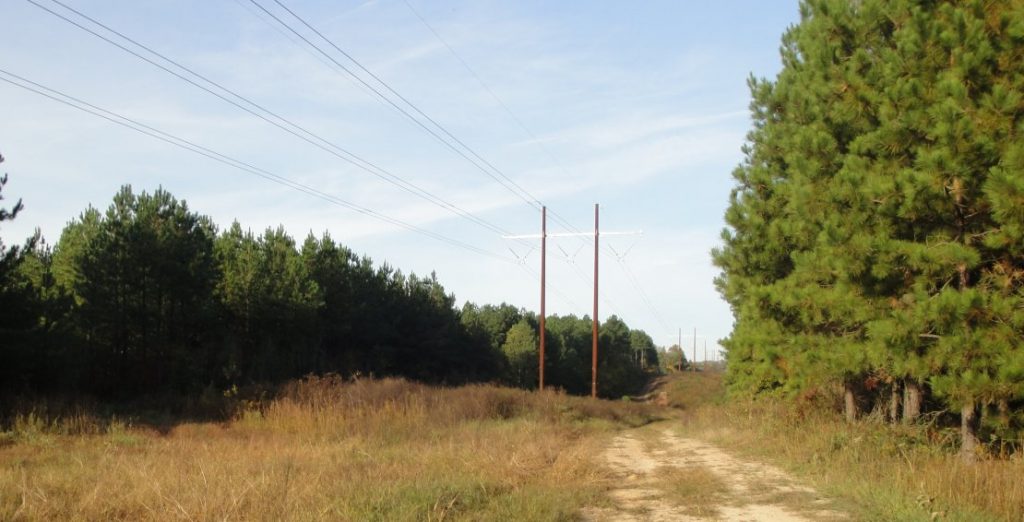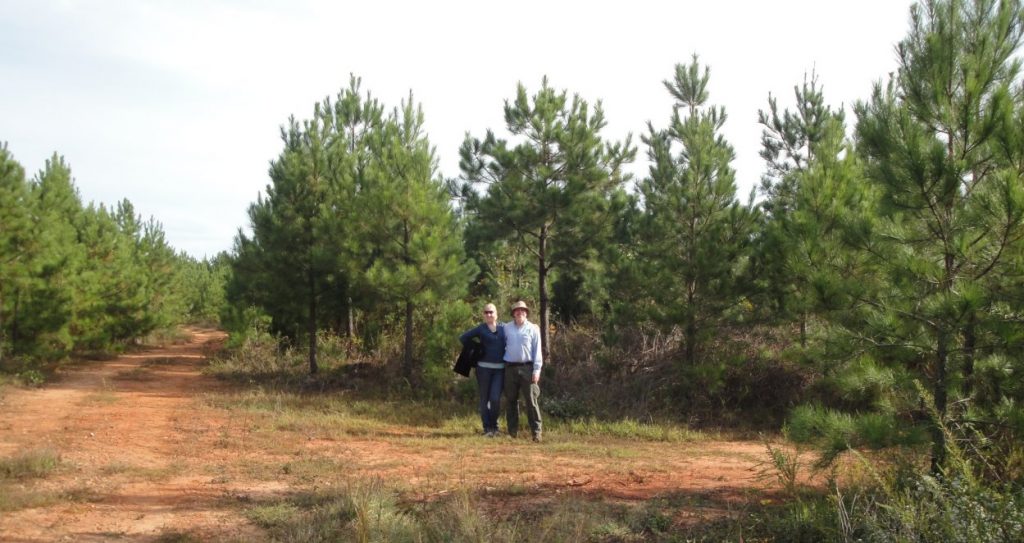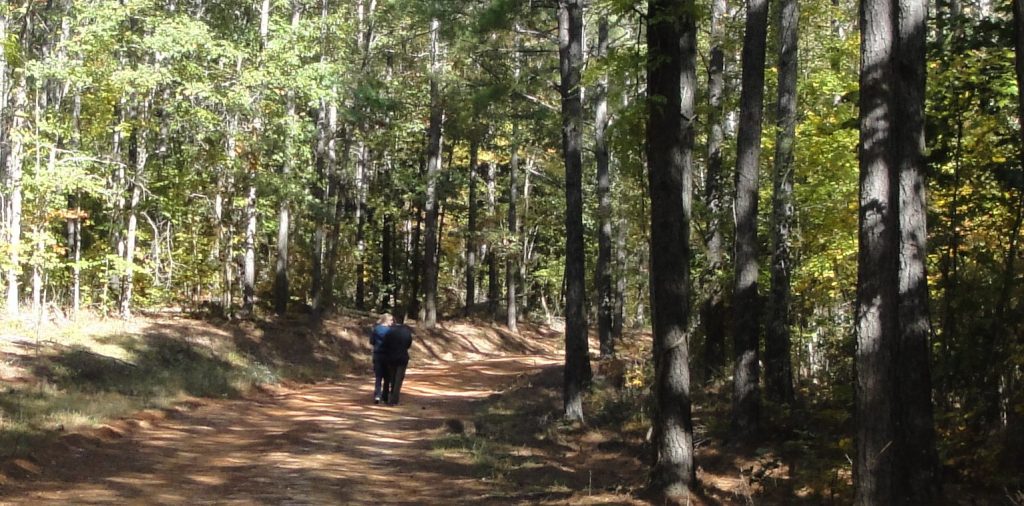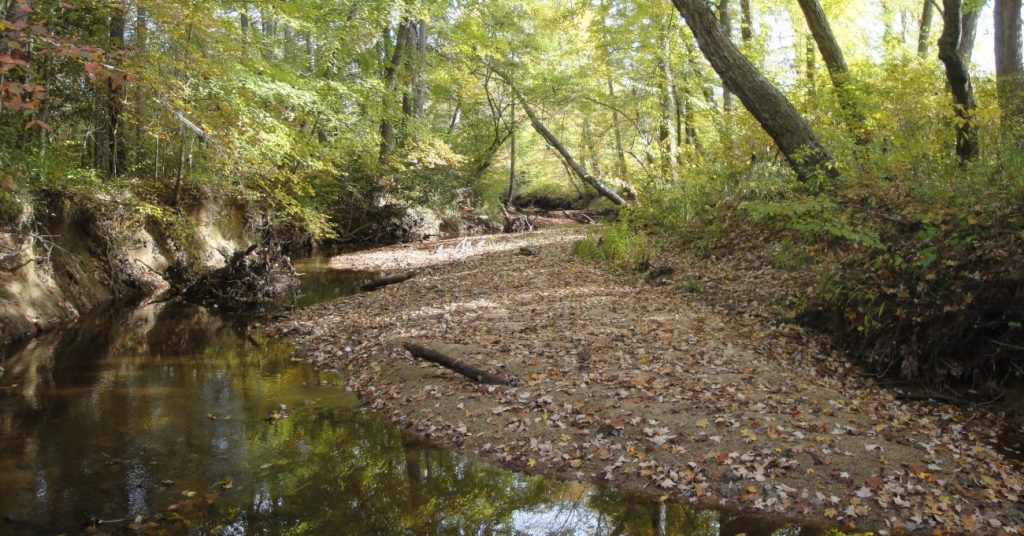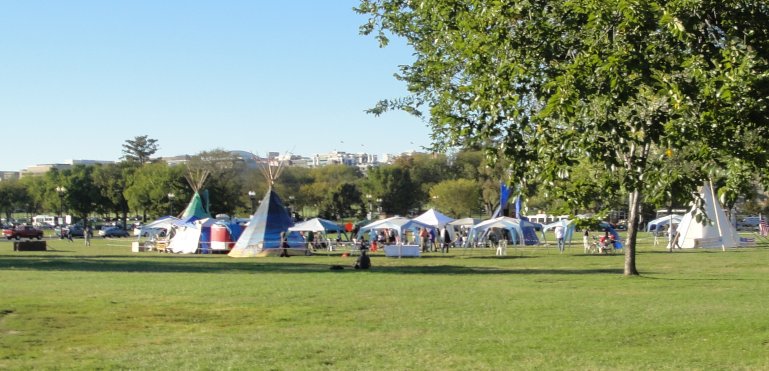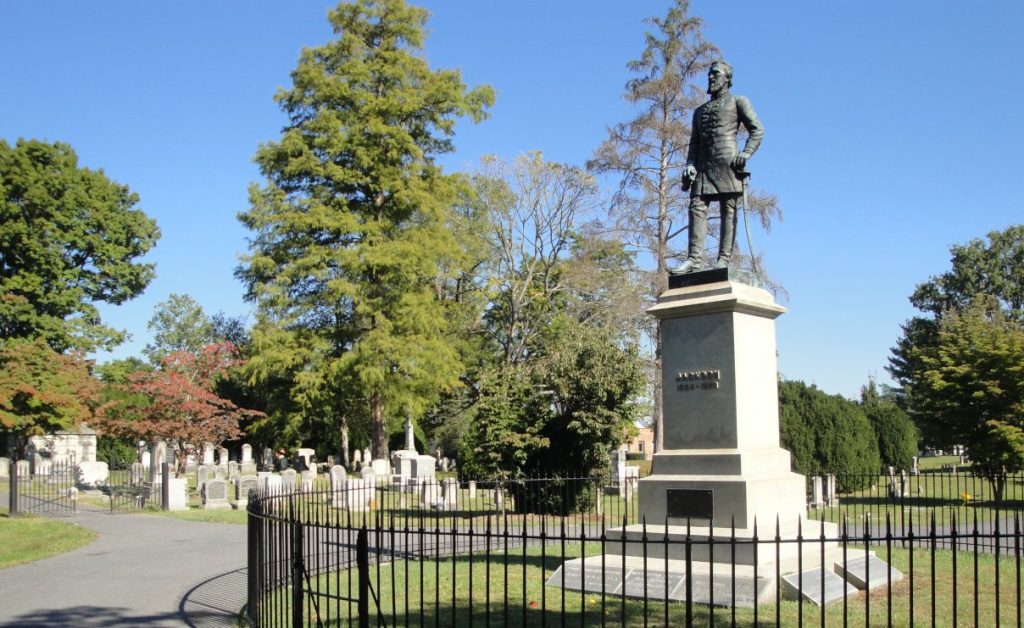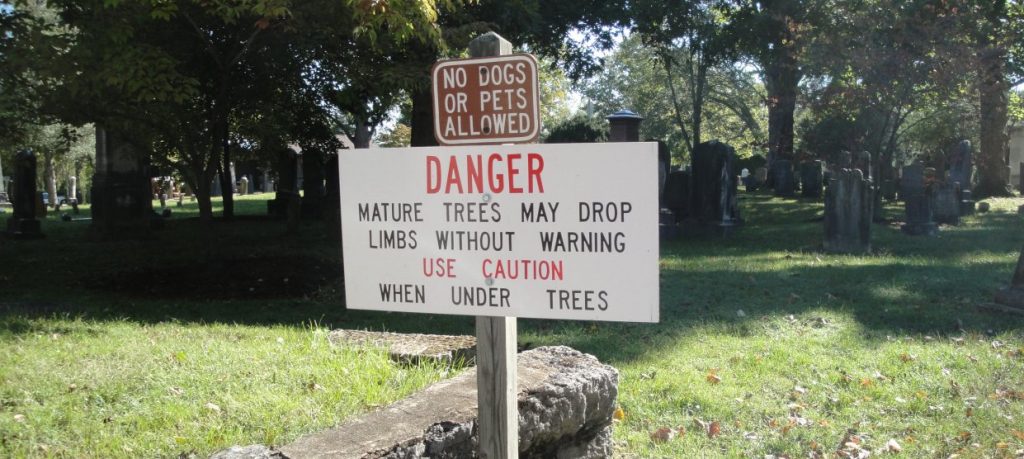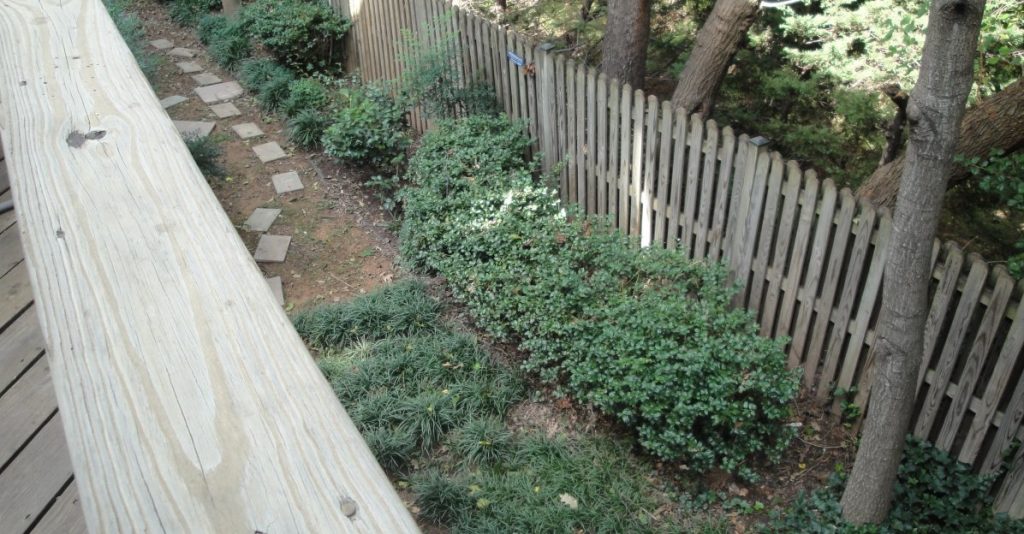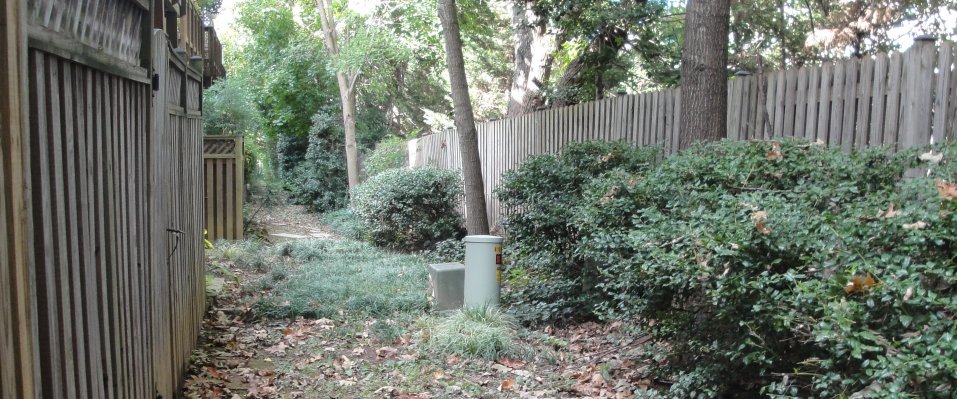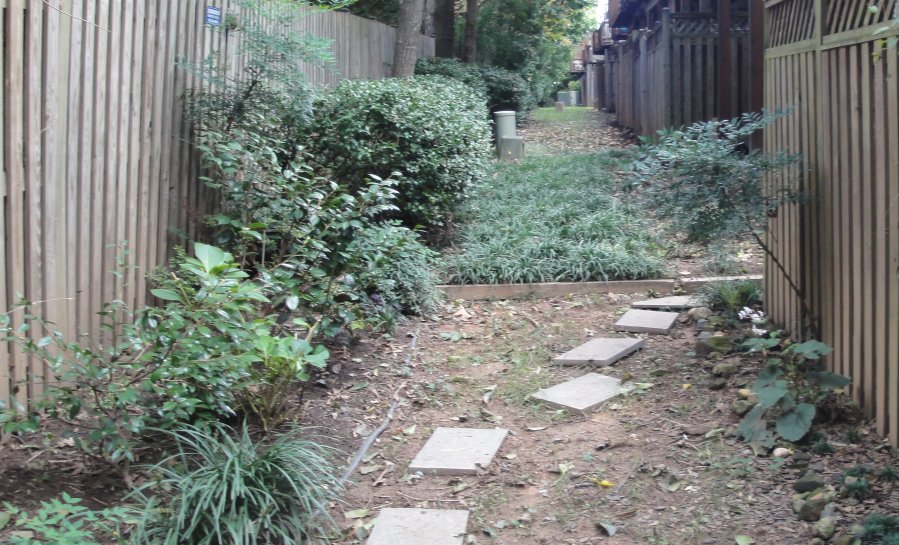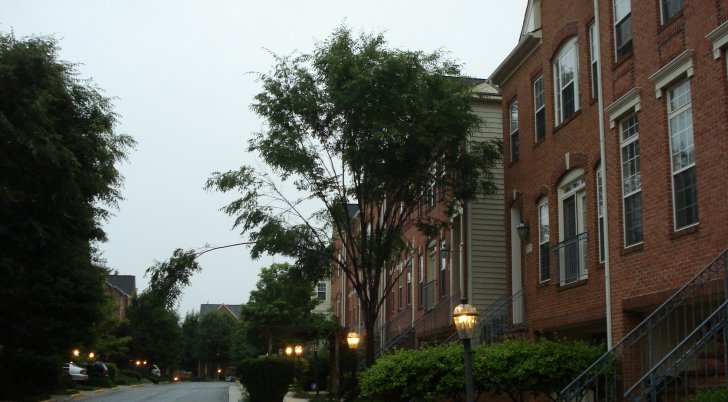I used to talk about the success of South Carolina in attracting foreign investment in the Greenville-Spartanburg area. It was one of my hardy perennial issues when I was in Krakow, since leaders in southern Poland were trying to attract investment and appreciated the successful experience of others. The people in SC are still at it. The latest example is the expansion of BMW. We sometimes complain when American jobs are outsourced to others. The Carolina uplands show how to get them to come to us. They have workers with strong work ethics; living costs are low and unions are scarce. Read a little more here & here.

We may not be aware of how much shift has indeed occurred and how industry is now more decentralized, often rural. Nucor Steel, headquartered in Charlotte, NC, is a good example of an American firm that flourishes among Americas medium sized cities and small towns. The trademark rural occupation is agriculture, but when we think of the old guy on a tractor doing what his father taught him, we are more than a generation behind the times. Agriculture in America is high tech and becoming more so and agricultural tech is informing other fields, such as pharmaceuticals. I was recently reading articles about how the North Carolina Biotech Center is using tobacco plants to help develop vaccines. Tobacco used to dominate much of North Carolina and Southern Virginia. It used to be associated with rural poverty, but now that is changing too.
When we think of high tech, our thought usually run to computers and electronics. But the high tech of the near future will be biological/agricultural (biotechnology) and structural (nanotechnology) and a lot of it will be produced far away from the cool and very expensive high tech places we know today.
I still am surprised at how much science goes into something as old fashioned as forestry. We have better trees that grow twice as fast as the species used to, while producing better wood, with fewer inputs & less disease. They are even better looking, IMO. Working smarter allows us to create a more sustainable society.
Land Management
The Brazilians are trying to figure out ways to both conserve and develop the Amazon. They get fairly annoyed when we preach at them and have even developed elaborate conspiracy theories about UN takeovers of the Amazon. It doesn’t help that some activists have indeed proposed an internationalization of the Amazon. It is easy for us living comfortably in North America or Europe to demand that they preserve the “lungs of the world.” Brazilians will develop their country, as we did and development need not mean permanent destruction. When I first studied this issue more than twenty-five years ago, I was convinced that forest cutting would in short order result in destruction of soils and essentially the creation of deserts. We now know more about soils and the ecology and, not surprisingly in such a large area, it depends where you are. Some soils are deep and could be developed; others not. One size does not fit all.
I have been reading a book called The Big Burn. It talks about Gifford Pinchot, Teddy Roosevelt and the establishment of our own forest service. The story is heroic in many ways. It takes place in 1910 the American environment and describes events around the great blowout fire, which destroyed an area the size of Connecticut in the course of two days. (It was bigger than the great Peshtigo fire, but killed fewer people because it burned over even less populated places.) The fire burned way inland in Montana and Idaho, but smoke was reported 500 miles out in the Pacific Ocean and as far east as New York.
What does 1910 America have to do with 2010 Brazil? Our experiences are remarkably parallel. Many people don’t understand how bad things were 100 years ago in the American environment. There were all sorts of land grabs, destructive mining techniques and illegal logging. All the things we hear about happening in the Amazon were happening in America. We probably reached the nadir sometime in the 1930s, but the years from around 1890 to 1940 were really terrible. Our country was burning, washing away or blowing away. Experts predicted we would run out of wood in a generation and it looked like the high plains would soon be just a desert. We learned a lot since then. And of course we are still learning. Our significant success in preventing fires and belief that nature was self regulating led to disastrous fires and then to different management techniques. By costly error, we learned. We can and we are sharing our experience. We can learn a lot from each other about sustainable development.
The picture up top shows the results of better land management in Northern Arizona. The Forest Service regularly burns the ponderosa pine forests. The ponderosa pine ecosystem is fire dependent. When we excluded fire, often limited grazing and made thinning difficult, we created lots of trouble. The forests grew too thick (what they call dog hair forests). This overstocking of trees allows bugs like pine beetles to destroy forests (when the trees are too close, the bugs can easily move from tree to tree) and excluding little fires leds to large, disastrous fires. We learned the lessons.



